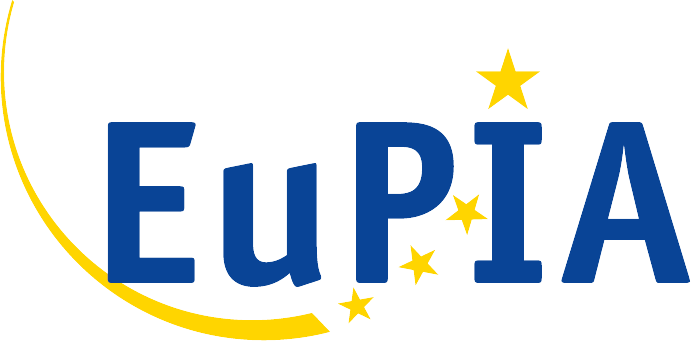The average person in the street has probably never heard about the EuPIA Exclusion List. In fact, it has been an important code protecting the health and safety of workers in the ink and printing industries, as well as the end users of printed materials. In 1996 the European sector group of the printing ink industry took over existing national stewardship initiatives to create the Exclusion List for Printing Inks and Related Products. It applied stricter rules to the manufacture and marketing of inks than the existing legal regulations would have required. In taking this responsibility, the European ink industry took a proactive lead for the world. Since 2003, the European printing ink industry is represented by the European Printing Ink Association (EuPIA) and maintains such important tasks through its Technical Committee, which over the years has amended and adapted the Exclusion List from time to time, and in 2016 took the initiative to find an even better approach to the internationally acknowledged Exclusion List.
The Exclusion Policy has been updated in March 2025 with the addition of a new chapter on digital inks.
Ensuring safety with considerations on hazard & risk
Until 2016, the criteria of the Exclusion List were simply hazard-based. But to assess the risk, it must also be taken into account how the substance is used and whether there is any exposure. Take for example sharp knives. Of course, they are hazardous, however they are necessary and when properly used, the risk of injuries is obviously low so there has never been an attempt to generally prohibit knives. This illustrates how a plain exclusion can be missing the point and where exposure scenarios have to become part of the equation. The combination of toxicological data as well as data on uses and exposure is needed to properly assess a risk for the use of a substance. With the Regulation concerning the Registration, Evaluation, Authorisation and Restriction of Chemicals – REACH – more and more of these data will be available.
The exclusion policy remains valid despite implementation of the REACH regulation
REACH addresses not only the hazard properties of chemicals, but also their potential impact on human health and the environment, considering their intended uses and exposure scenarios. One core element is the demand to communicate measures for using a substance safely. Taken together, data and proper information will make the handling of chemicals much safer. REACH came into force in 2007 and will only be fully implemented after more than a full decade, because it is the most complex and strictest law for chemicals regulation throughout the world. More than 140,000 chemical substances have been pre-registered, and the greater part was registered in 2018. In time, all substances will have been assessed and the most hazardous will be subject to appropriate regulatory controls in Europe as per their uses and exposure. When fully implemented, this would mean that an Exclusion List will not be needed any more. For the time being however, EuPIA’s hazard-based approach has continued value and has now been adapted to ensure it remains fit for purpose.
The exclusion policy covers all types of printing inks
The Exclusion Policy applies to all types of printing inks and related products applied in all types of printing processes for all end use applications. The Policy maintains the hazard-based approach from the former list. However, elements of exposure-based risk assessment and management have been introduced which shall apply in cases where an existing raw material is re-classified and thus fulfils exclusion criteria. For these raw materials, rules are defined on how the procedures of substitution may be handled or, if not replaceable in the short term, under which circumstances a safe continued use may be possible for a limited period of time, until substitution has been finalized. In this way negative impacts on customers’ processes or business continuity can be mitigated, whilst still striving to uphold the highest standards of health and safety.
EuPIA members individually declare their commitment to the Exclusion Policy
The Exclusion Policy has been launched and is coordinated by EuPIA, nevertheless it is the individual companies – and not EuPIA as an industry association – that commit to the Exclusion Policy.
Click to find out which EuPIA member companies have declared their commitment



